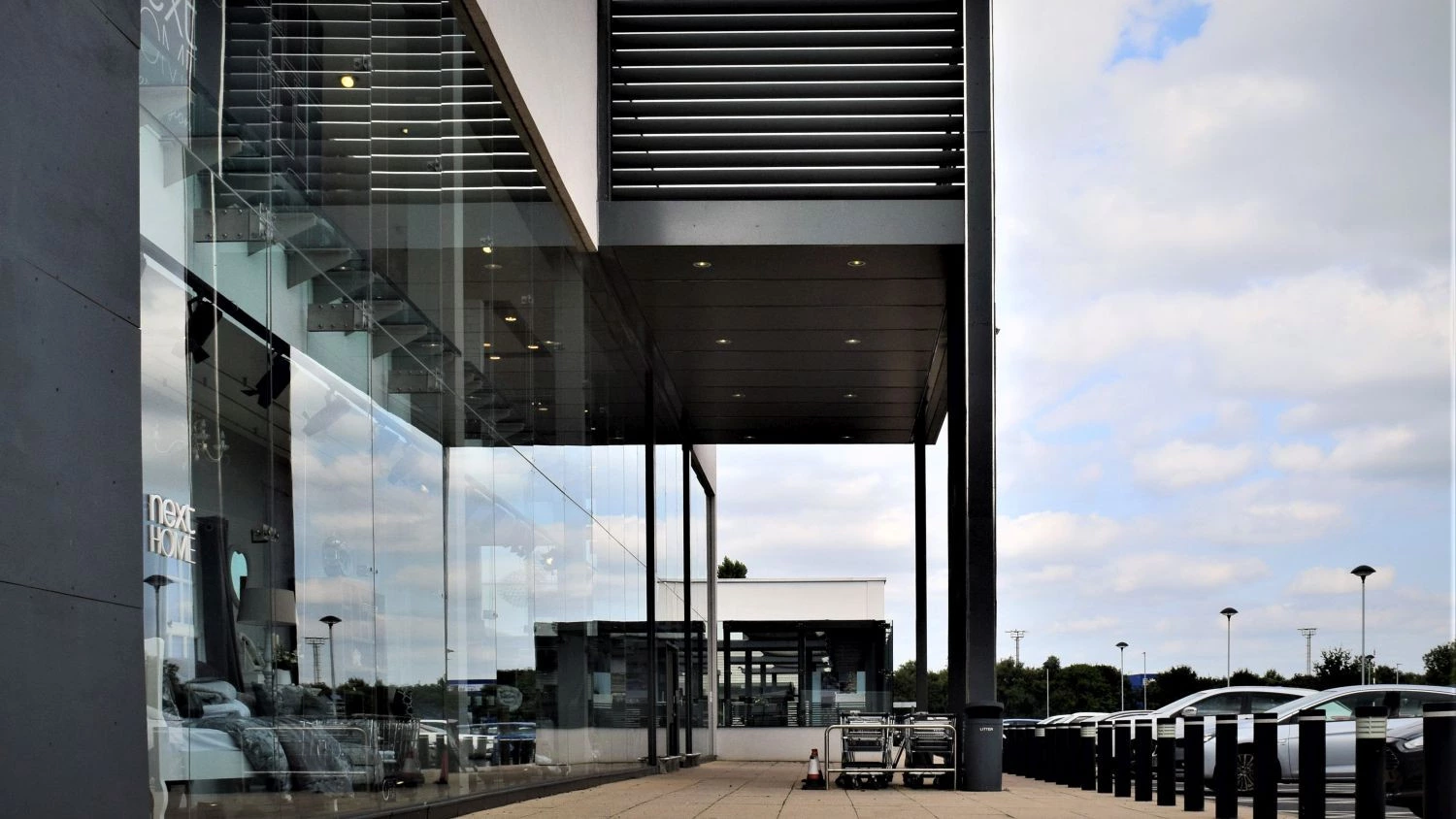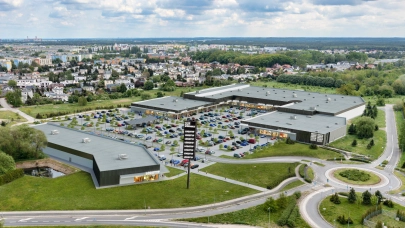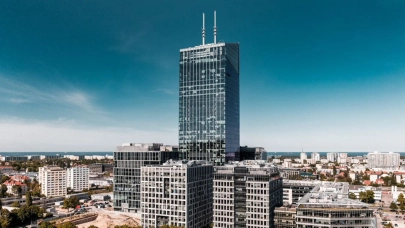
The Polish shopping centre market is now considered mature as many retail malls were built in the 1990s and 2000s, that is before the technological boom in energy efficiency and during a period of significantly lower awareness of the issue. A wave of upgrades is coming, but they will not happen overnight due to high levels of refurbishment expenditure required. In the face of rising challenges of energy and heat consumption, experts from Cushman & Wakefield managing a large and highly diverse portfolio of shopping centres and retail parks provide valuable insight into the results of their frequently innovative and low-cost measures.
Shopping centres from the late 20th and early 21st century continue to attract strong consumers’ interest - most are in prime, well-connected locations, have an established presence and enjoy strong recognition in their respective cities. However, they also have to adapt to evolving customer needs and expectations and respond to the challenges of energy efficiency. Retail landlords and property managers are being driven to look for relevant solutions not only by the EU’s legislation on energy performance certificates but also by rising operational costs.
"Energy price growth reached several hundred per cent in the space of the last two years – this is an additional driver behind looking for immediate savings. Investing in renewable energy sources, including photovoltaic panel systems, is one of the options adopted by the shopping centres under our management. Replacing lighting in communal areas and car parks with LEDs is also an important measure as it generates electricity savings of up to 50%”, says Elżbieta Marchut, Director of the Ster Shopping Centre in Szczecin, Asset Services, Cushman & Wakefield.
Photovoltaic panel systems on rooftops and elevations have the capacity to cover around 10% of energy consumption in communal areas. Another option is to have solar canopies installed in selected car park areas.
As well as reducing electricity use, LEDs installed throughout the communal areas of a shopping centre help eliminate design errors and improve the colour and intensity of light.
Another contributor to the improved energy performance of a building is a suitably calibrated Building Management System (BMS). Modern building management systems control energy consumption and automatically control air-conditioning units, lighting and air curtains. In addition, adjusting BMS settings to outdoor weather conditions and seasons of the year allows for generating additional savings.
Turning off lights matters
"If you're looking for ways to save energy and heat without having to spend much on upgrades, it is a good idea to take small steps. Our team has empirically verified the effects of each change on the operation of a shopping centre to ensure a comfortable user experience. Restricting the number of hours an elevation is lit or replacing decorative lights may contribute to substantial long-term savings. Results? At the Jantar Shopping Centre we managed to deliver energy savings of up to 40% and heat savings of 20-50%”, comments Joanna Gałka, Director of the Jantar Shopping Centre in Słupsk, Asset Services, Cushman & Wakefield.
As well as adopting a well-thought-out approach to limiting the times when lights are on and their intensity or the use of decorations, measures taken also include temperature management in various parts of shopping centres and verification of power voltage and its effect on the operation of systems.
Similar measures were taken by property managers from Cushman & Wakefield at other shopping centres including Plejada in Sosnowiec and Ster in Szczecin, and significant outcomes were achieved.
"Optimization must go hand in hand with enhancing the user experience in shopping centres. According to Cushman & Wakefield’s customer experience survey ‘Handlowy sezon emocji’, the top factors impacting a retail experience in the run-up to Christmas are - in addition to sound and music - interior design and lighting which were cited by 41% and 38% of respondents respectively. In addition, an appropriate indoor temperature was important to 47% of consumers”, says Paulina Bauer, Head of Retail Asset Services, Cushman & Wakefield.



